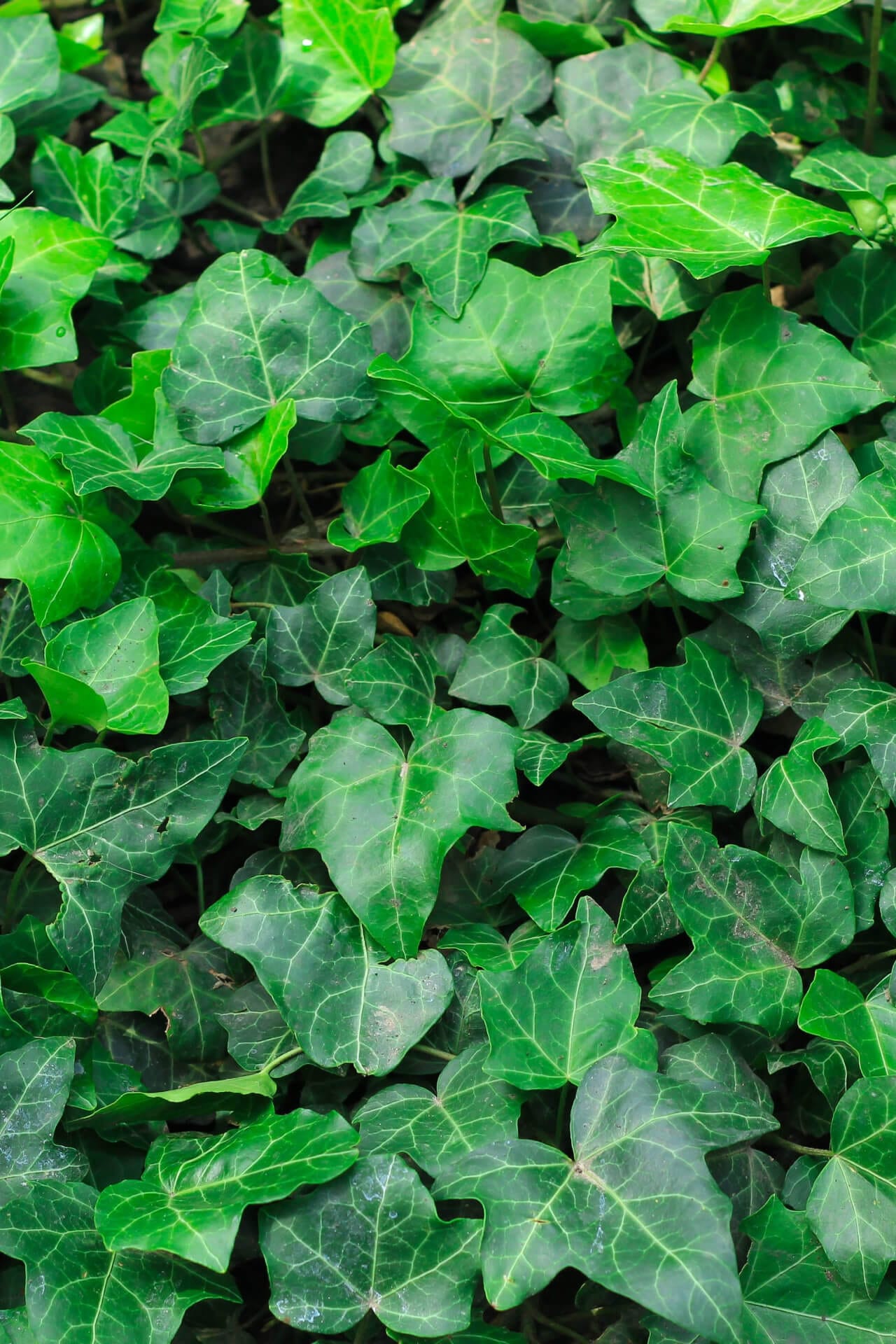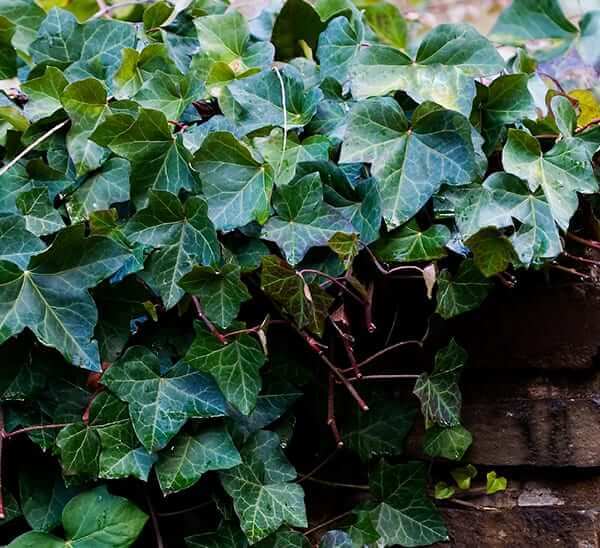English Ivy
Couldn't load pickup availability
We do not ship this plant to the following states:
DE. OR. WA.Now
DE. OR. WA.
Hedera Helix - English Ivy
English Ivy is a flowering plant native to Europe and Western Asia. It is popular for indoor and outdoor cultivation due to its attractive appearance, ease of growth, and ability to climb and cover surfaces.
Plant Characteristics
One of the plant's characteristics is its glossy, dark-green leaves. The leaves are typically five-lobed and pointed, which gives them a distinctive appearance. In addition to its aesthetic look, the plant is known for its ability to purify the air. Studies have shown that the plant effectively removes pollutants such as benzene, formaldehyde, and trichloroethylene from indoor air. It is also famous for landscaping and outdoor cultivation. The plant is well-suited for growing on walls, fences, and trellises, as it can climb and cover surfaces quickly. It is also an excellent choice for ground cover, as it can spread rapidly and cover large areas with its dense foliage.
It is a flowering plant native to Europe and Western Asia. It is a popular plant for indoor and outdoor cultivation due to its attractive appearance, ease of growth, and ability to climb and cover surfaces. One of the plant's characteristics is its glossy, dark-green leaves. The leaves are typically five-lobed and pointed, which gives them a distinctive appearance. In addition to its aesthetic look, the plant is known for its ability to purify the air.
Studies have shown that the plant effectively removes pollutants such as benzene, formaldehyde, and trichloroethylene from indoor air. It is also famous for landscaping and outdoor cultivation. The plant is well-suited for growing on walls, fences, and trellises, as it can climb and cover surfaces quickly. It is also an excellent choice for ground cover, as it can spread rapidly and cover large areas with its dense foliage.
Uses Of English Ivy
Besides its aesthetic and ecological properties, it has been used for medicinal purposes for centuries. The plant has traditionally been used to treat respiratory ailments such as asthma and bronchitis and skin conditions such as eczema and psoriasis. However, it is essential to know that its medicinal properties have yet to be extensively studied, and it should only be used as a substitute for medical treatment after consulting a healthcare professional. Overall, it is a versatile and attractive plant that can be a great addition to any indoor or outdoor space.
Medicinal Purposes
In addition to its aesthetic and ecological properties, it has been used for medicinal purposes for centuries. The plant has traditionally been used to treat respiratory ailments such as asthma and bronchitis and skin conditions such as eczema and psoriasis. It is essential to know that the medicinal properties of this plant have yet to be extensively studied, and it should only be used as a substitute for medical treatment after consulting a healthcare professional.
This ivy is a versatile and attractive plant that can be a great addition to any indoor or outdoor space.
This Is How Your Plants Will Look upon Delivery
Shipping date depends on the date displayed and chosen when you order from the product's page.
We do not offer warranties on products after 5 days past receiving your plants.



I just received it and planted. I can give you an answer later on this year. I hope it lives. I have not planted bare root from a nursery; I have planted bare root when I dug it up and it thrived. Let you know. Carlie King
I'm looking forward to seeing it start growing in the spring of 2024 and the years from them or.
So lovely to see climbing ivy to accent my old fashioned structure in my yard. Such a nostalgic look.
Thank you for the fantastic review Grace! We loved being of service to you and hope we can assist you again soon.

